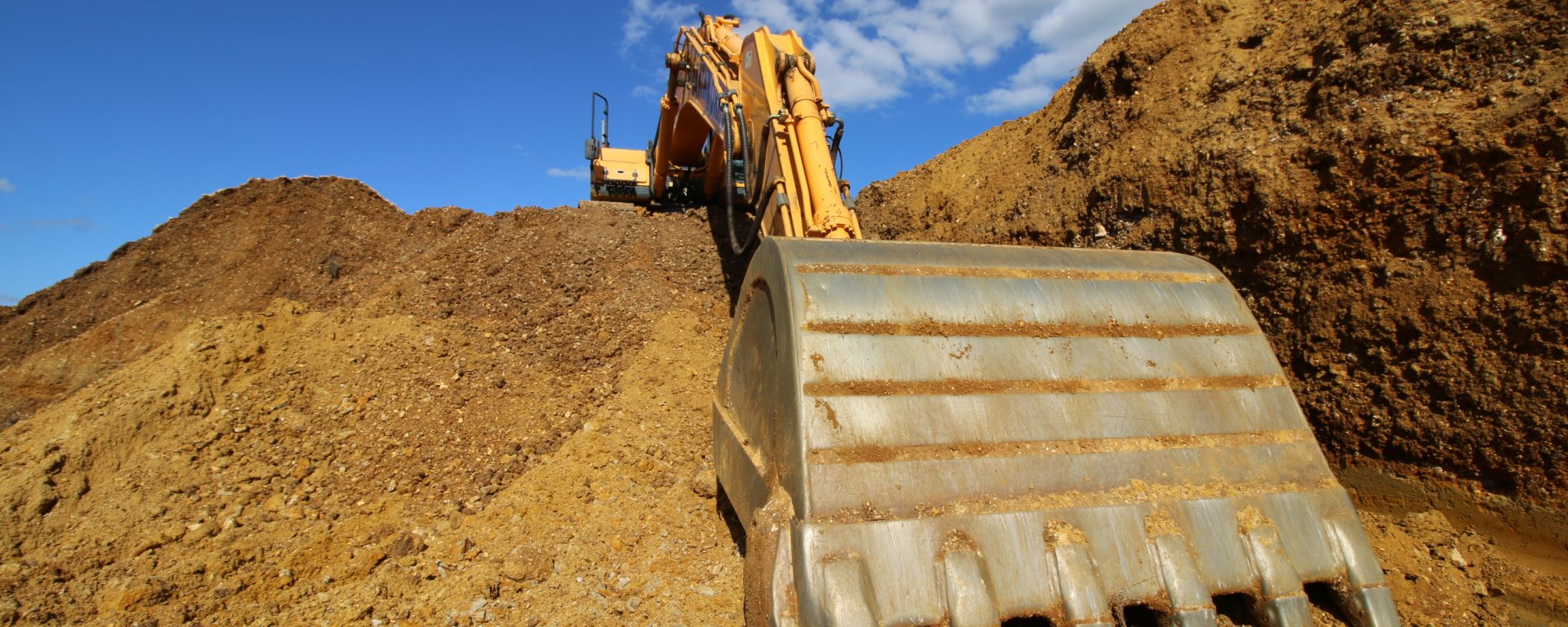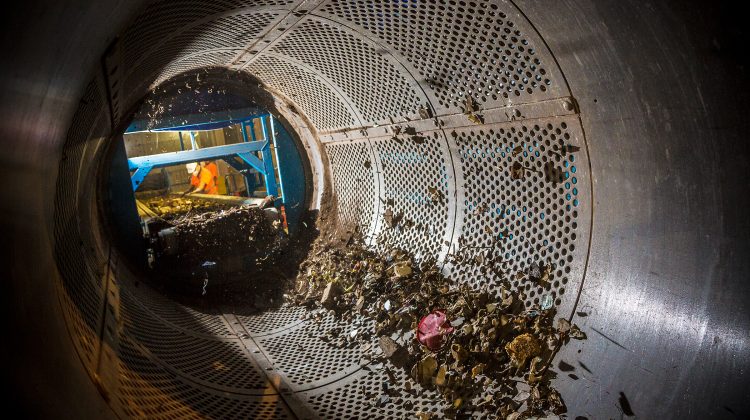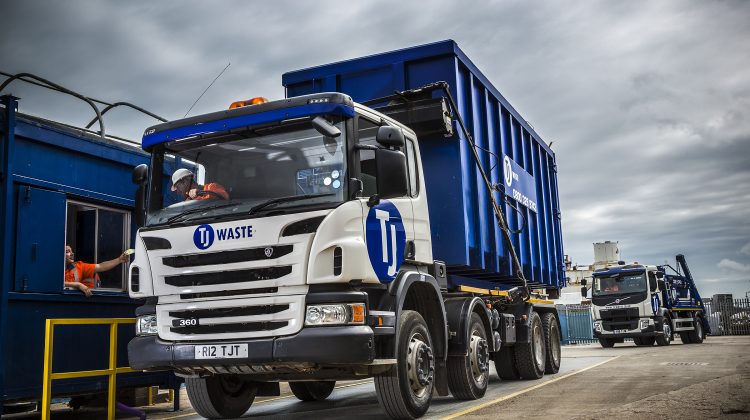Sand is an essential product, with many uses. It is used widely in the construction industry as well as for a range of various other purposes. By purchasing Hythe Quarry in 2017, TJ secured themselves a source of sand in the Hampshire area that enables them to provide this valuable material to a range of clients.
Hythe Quarry is located on the Forest Lodge site in Southampton. Since quarrying began in August 2018, over 100,000 tonnes of material has been quarried and either sold, exported or stockpiled for future sale. The majority of this is a fine sand which has many uses across a number of sectors. But what are these uses?
Top 5 uses of Hythe sand
Building materials
Hythe sand is utilised by many building and construction companies in the southern region and beyond, to make a range of valuable and essential building materials. These products include plaster, masonry materials and concrete items such as prefabricated steps.
- Plaster is made from a mixture of lime or gypsum, water and sand. As Hythe sand is fine, it is ideal for this use.
- Hythe sand is used in the manufacturing of various masonry materials including bricks and concrete.
- Concrete is a building material made from cement, air, water, sand and gravel. Sand makes up around 30% of the composition of concrete, making it a vital ingredient. This can then be used as a pouring cement for construction projects or to make precast products such as steps, lintels or structures.
Agricultural markets
Hythe Quarry’s 0/1mm sand has virtually no silt and high silica content, making it ideal for use as cattle bedding. As an inert material, it doesn’t provide a substrate for bacteria and bugs to grow, preventing mastitis and helping to keep somatic cell counts down.
TJ’s cattle bedding sand has been thoroughly analysed by OEMAchem Ltd, a one stop shop approach to all areas chemical. OEMAchem carried out particle size gradings analysis of TJ’s sand and concluded that it was fully compliant as an 0/1mm sand as described. Our sand is analysed quarterly to ensure a consistent high quality product.
Why is sand used for cattle bedding?
- Sand provides a higher level of comfort for cows, so lying times are greater, which leads to increased milk yields
- It generally gives less hock damage to cows than mattresses as there is less chafing
- It allows urine to drain away, sparing you the wet sponge effect you can get with straw yards
- Sand is easier to handle than straw
- Sand will go through the slurry pump with ease
- Cows are kept cleaner for the milking parlour, reducing further clean-up time and costs
Sports surfacing
Our sand is used widely for sports surfacing. It is utilised in the equestrian world for surfacing racing tracks and menages; it is laid to protect the membrane that covers the drainage bed. Our cleaned and screened sand is ideal for this use as it will not cause high dust levels.
Hythe sand is also used on golf courses to create bunkers. TJ has worked on several golf course projects in recent months and years, some of which are still on-going. These include improvement work at Stoneham Golf Club, Skylark Golf & Country Club and Littlehampton Golf Club.
House building
As well as being used to make building materials, our sand is also utilised in different ways within the house building sector. We can supply building sands as well as sand suitable for making mortar.
Builders sand is generally used to provide bulk to construction materials like asphalt and concrete. As building sand is fine it can be used in many ways including pointing applications, plastering and general building usage.
Mortar is used for internal and external bricklaying. To create mortar, sand is mixed with masonry cement or Portland cement and lime and is used in masonry construction.
Utility
Sand is widely used in the utility sector as its properties provide the ideal environment for bedding pipes. Sand is laid beneath and around gas, electricity and water infrastructure to protect them, hold them in place and allow effective drainage.
Did you know? Sand is also used for
- Making glass
- Sandbags for flood defence
- Children’s sandpits and play areas
- Soaking up oil spills / improving traction on roads
- Putting out small fires
- Sandpaper – sand is glued to paper to create sandpaper that is used for sanding down surfaces
Phase 2 underway
TJ has recently completed the dig of Phase 1 at Hythe Quarry and the area is now in the process of being refilled. Alongside this, Phase 2 of the quarry dig has commenced, providing a ready supply of sand for the above uses.
The quarry is split into 3 phases, with each ‘phase’ being quarried at different times. This increases efficiency as the next phase can be quarried whilst the previous one is being refilled.
On completion of each phase, TJ will construct an Artificial Geological Barrier by lining the quarry walls with clay materials to ensure it is impermeable so that surface waters cannot drain through. This will then be signed off by the Environment Agency. The aim is that the entire site will eventually be returned to arable land and to ensure this outcome, TJ will be filling the space with inert soil only, in order to promote growth in the future.
Construction sites in Hampshire and the surrounding counties are encouraged to get in touch if they have inert waste that they need to dispose of; TJ will come and collect for a very reasonable price – contact us for a quote.
Find out more about Hythe Quarry and the aggregates it could provide your business with.








